Today, I’ll introduce to you a beautiful yet dangerous flower, the Euphorbia milii, also known as "Crown of Thorns." In the 17th century, an artist recorded the dangers of the Euphorbia milii. Back then, African slaves and Native Americans used its seeds to end pregnancies. However, despite the toxicity of the seeds, some related species of Euphorbia milii produce mature seeds that are edible.
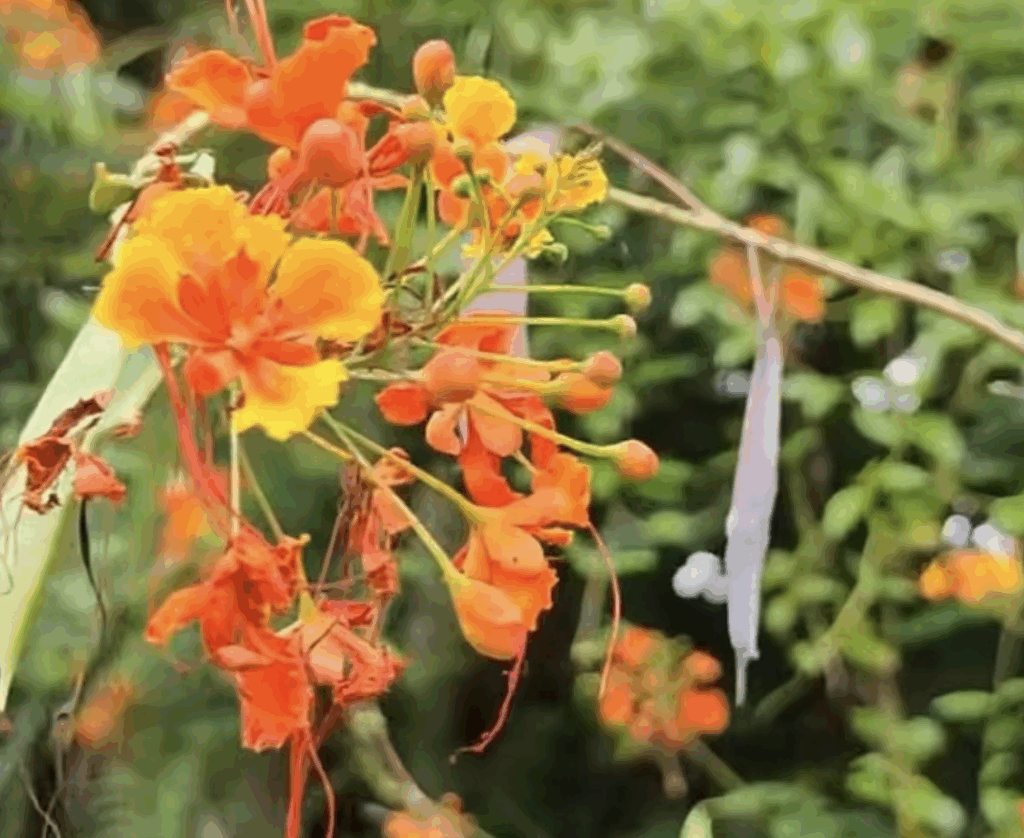
While Euphorbia milii is toxic, its appearance is strikingly beautiful. When it blooms, the inflorescence grows at the tips of the branches, with petals on stems, and the flowers come in yellow or orange-red colors. The leaf edges are adorned with contrasting colored skirts, and the flowers have long, claw-like petals. Overall, it appears very luxurious and unique, and its flowering and fruiting period is almost year-round.
In the flower market, although not everywhere, 6 to 7 stores in every 10 will sell it, usually in potted form. Once you bring it home, it enjoys a sunny spot but can also tolerate slight shade. It is recommended to place it on a balcony or windowsill. It can tolerate temperatures up to 30°C but is extremely cold-sensitive; if the temperature hovers around zero, the plant will stop growing.
In terms of daily watering, it likes a humid environment, so you should water it frequently. However, be careful not to leave water in the bottom of the pot, as this can cause root rot. During the spring and autumn growing seasons, water immediately after the surface soil dries out. But you also need to ensure good ventilation in a humid environment to prevent pests and diseases. In the summer, it’s fine to water when the surface soil is slightly damp, and in the winter, be extra cautious to avoid cold water, which can cause frost damage.
Regarding soil and fertilization, it doesn’t have strict soil requirements but prefers slightly acidic, well-drained soil rich in humus. If possible, using such soil ensures stable nutrient absorption for the plant, making the flowers bloom more beautifully. It enjoys fertilization but dislikes concentrated fertilizers. Applying phosphorus and potassium fertilizers before and during the peak blooming period can help promote flowering. During other times, you can use diluted organic fertilizer, applying it every two weeks to encourage growth. However, it is important to stop fertilizing in the winter.

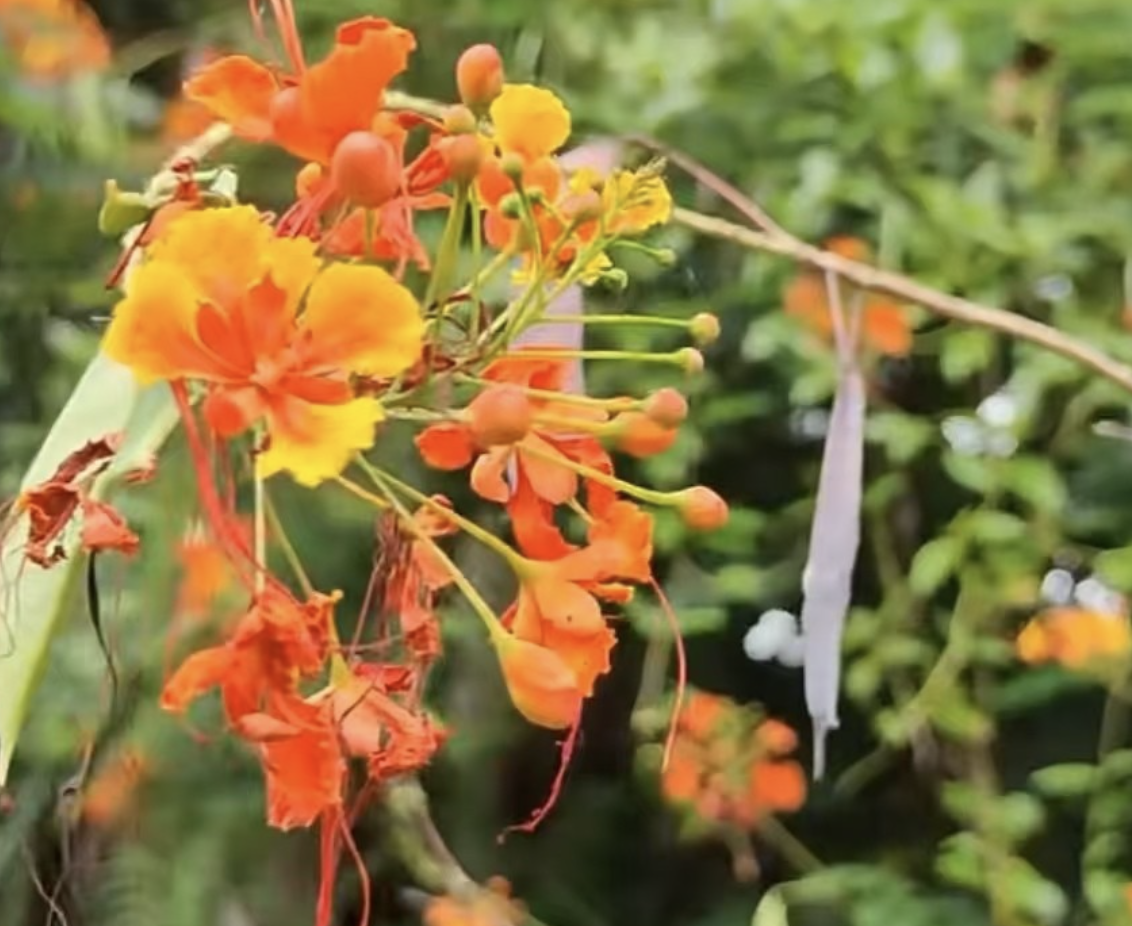
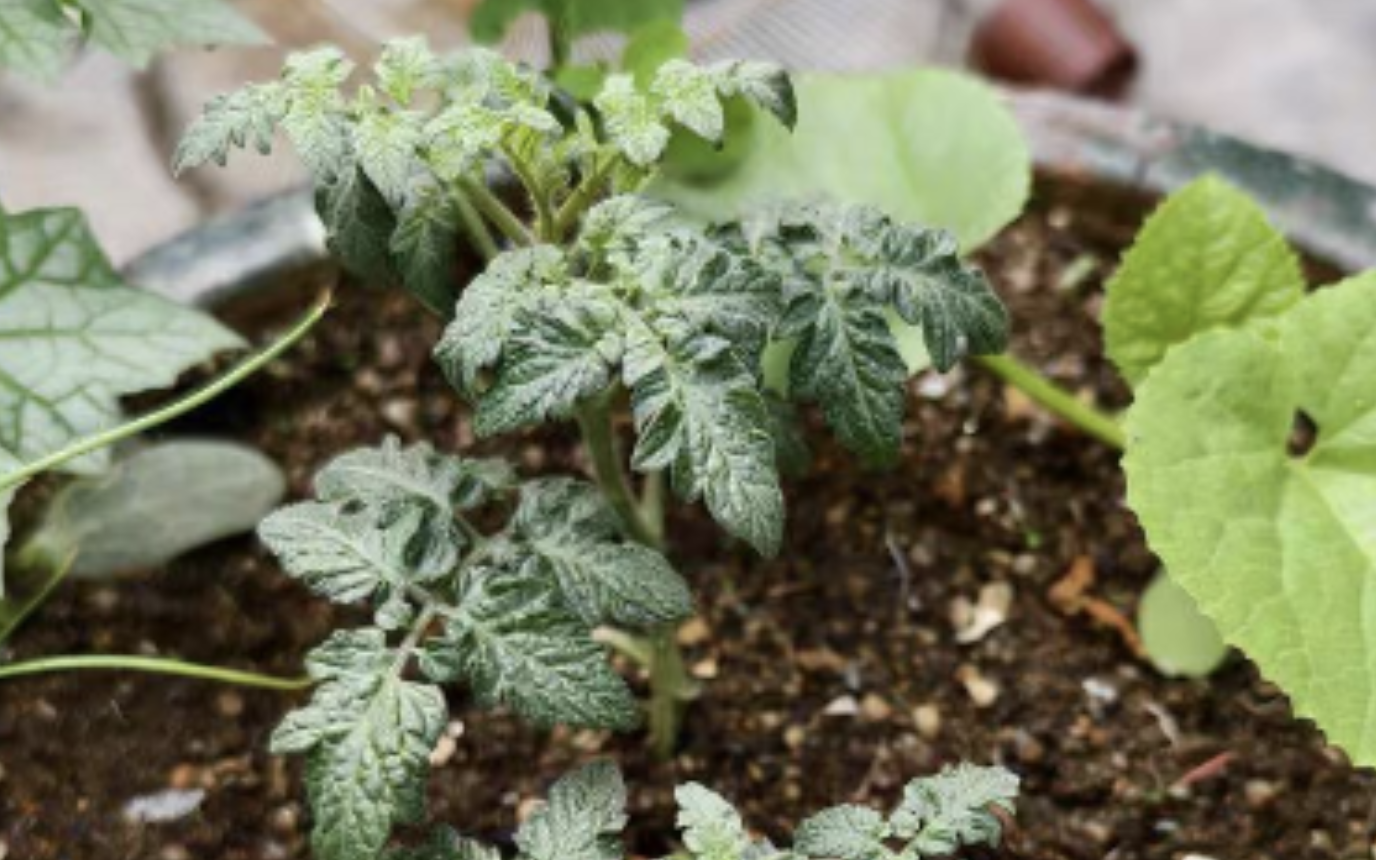
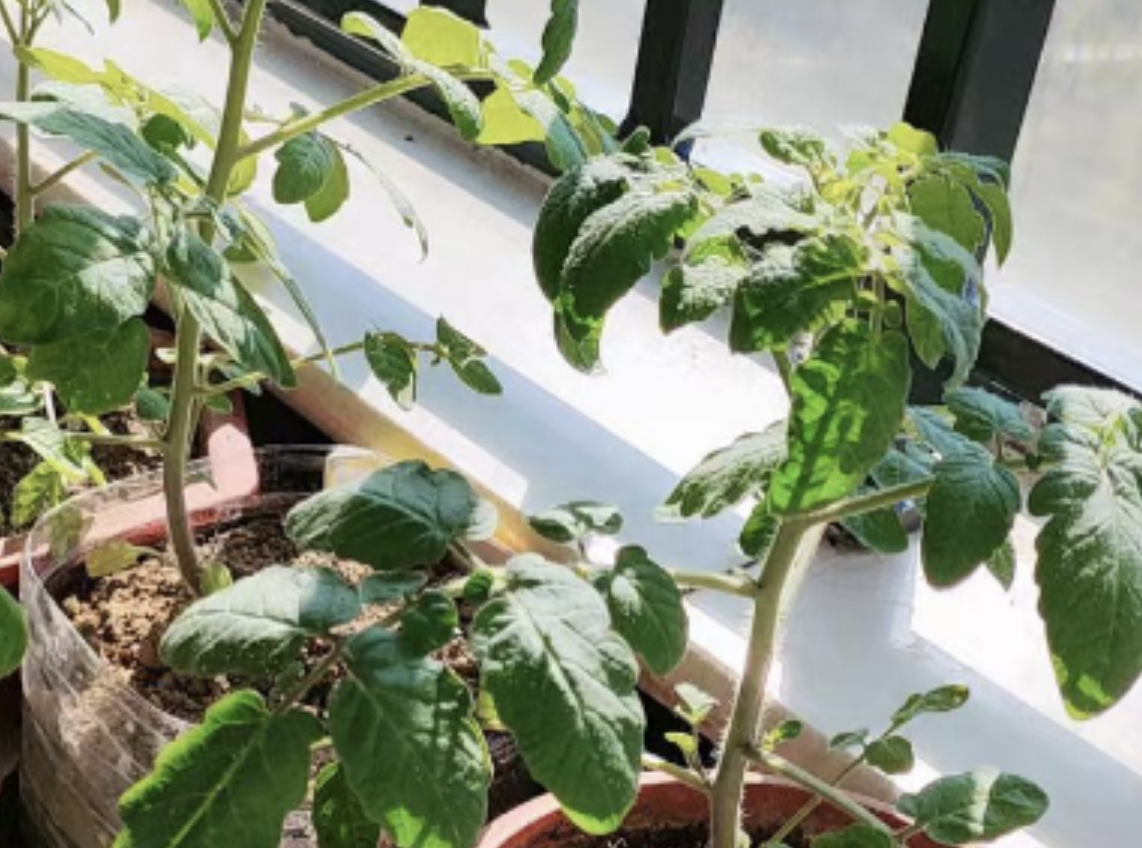
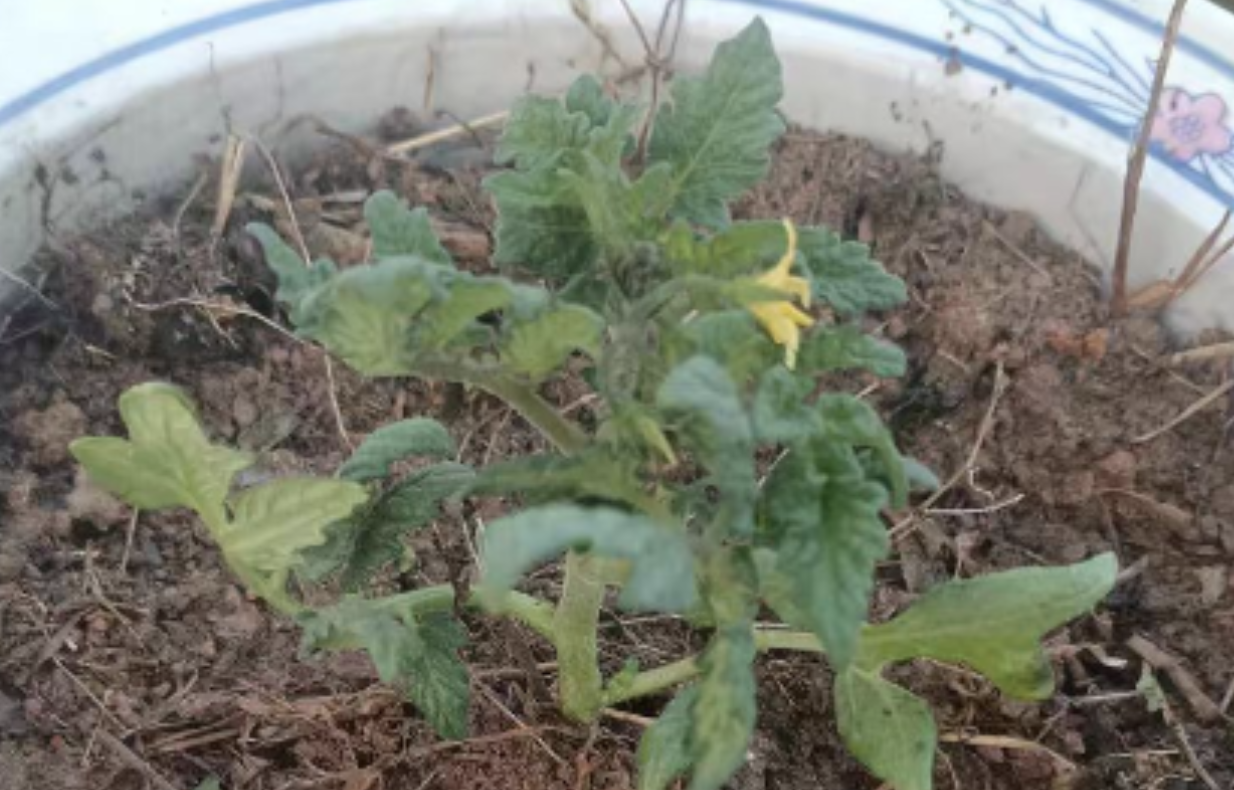
Leave a Reply